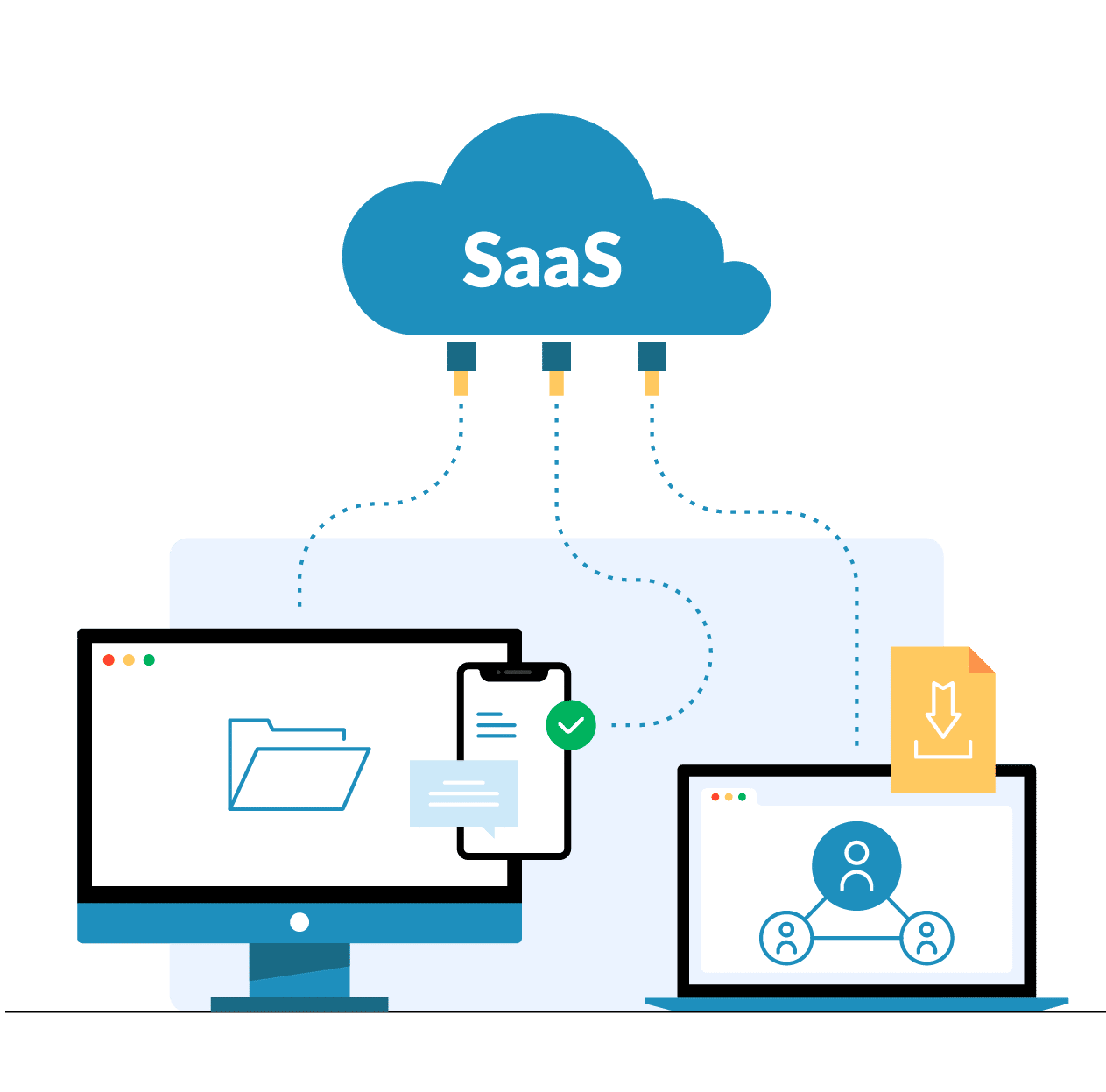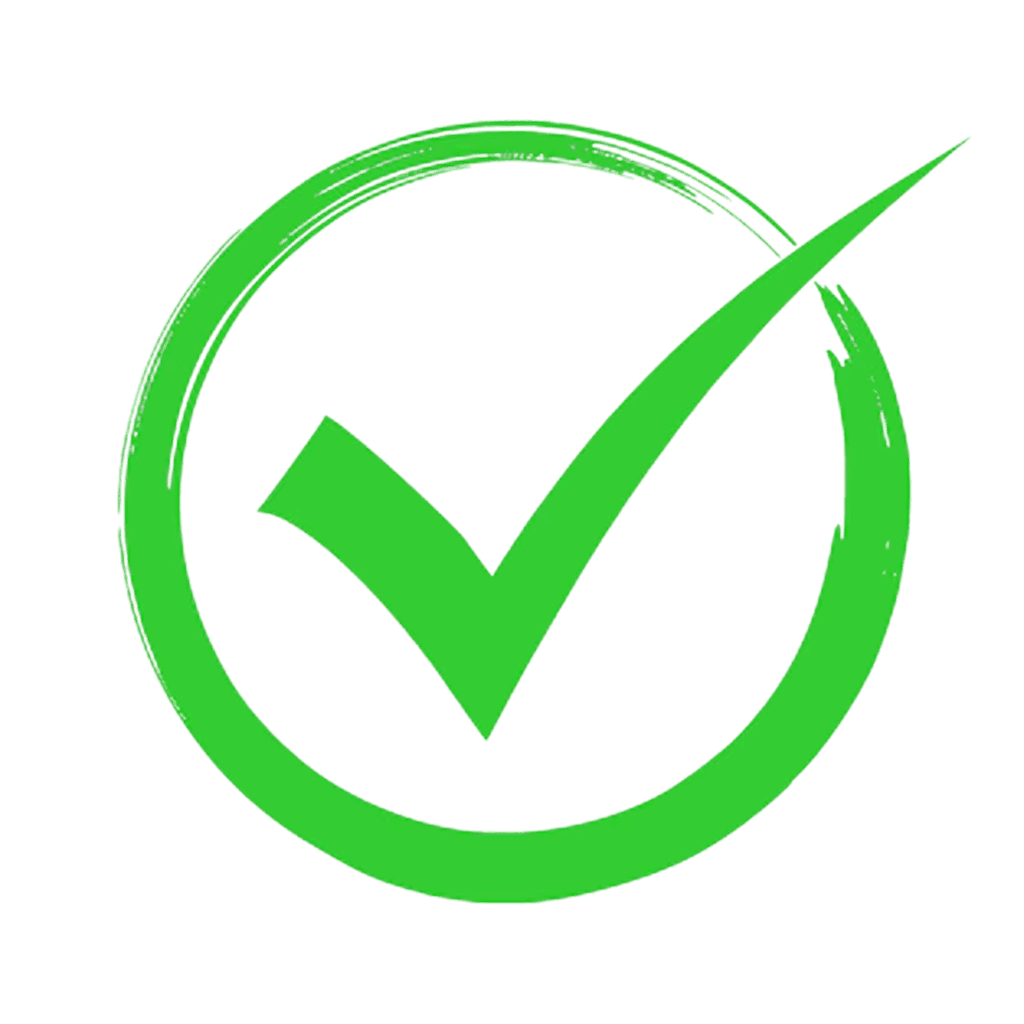Before we delve into the world of SaaS IoT Platform, let’s grasp how massive the global SaaS market is. Just last year, in 2021, the SaaS market was worth a whopping $157 billion. Why is this the case? Well, businesses all over the world are adopting cloud-based software solutions to work smarter, grow more easily, and make their tools more accessible.
What is Software as Service?
Software as a service (SaaS) is a cloud computing model in which software is hosted and managed by a third-party vendor and made available to users over the internet. SaaS applications are delivered on a subscription basis, and users typically pay a monthly or annual fee.
The SaaS IoT market is still quite young, but it’s growing faster. According to Statista, the number of IoT devices is projected to reach 29.5 billion by 2025.
How does software as a service work?
1.Cloud Magic:
SaaS companies host software on their super-powered internet servers.
2. Subscription Deal:
Users pay regularly for SaaS, like a membership.
3. Access Anywhere:
You can use the software on any device that’s hooked up to the web.
4. Updates Without Stress:
SaaS companies handle updates for you, so you’re always using the coolest version.
5. Easy Breezy Growth:
Just like your favorite hoodie, SaaS grows with you, fitting your needs perfectly.
Differences Between SaaS Platform and On-Premise Software
1. No Software Installation or Maintenance Needed:
Regular software needs to be installed on your computer, and you have to take care of it. With SaaS, experts handle hosting and maintenance.
2. Cost-effective:
Traditional software typically requires a large upfront payment, while SaaS is more often billed on a subscription basis, which spreads the costs over time.
3. Anywhere Access:
SaaS gives you anywhere access to your software, so you can work from anywhere. Traditional software is typically tied to a specific location, so you may be limited in where you can use it.
4. Flexibility:
SaaS is scalable and adaptable, meeting your needs as they grow and change. Traditional software requires more effort to modify.
5. Easy updates:
SaaS automatically updates itself, so you don’t have to worry about it. Traditional software requires you to manually install updates, which can be time-consuming and disruptive.
Benefits of IoT SaaS
Many benefits of a SaaS platform for IoT come from its flexible delivery model. These benefits include:
1. Ease of Setup:
IoT SaaS is easy to set up and use, even for businesses with no prior experience with IoT.
2. Cost-Effective:
IoT SaaS is a cost-effective way to get started with IoT, as you only pay for the services you use.
3. Quick Deployment:
IoT SaaS platforms allow you to quickly deploy IoT solutions, so you can start reaping the benefits of IoT sooner.
4. Scalability:
IoT SaaS platforms can scale to meet the needs of your business as it grows.
5. Real-Time Insights:
IoT SaaS platforms provide real-time insights into your data, so you can make better decisions faster.
What to look for in every IoT SaaS platform ?
1. Compatibility:
Make sure the platform is compatible with the IoT devices and sensors you want to use.
2. Data Management:
The platform should be able to store, sort, and analyze your data efficiently.
3. Security:
The platform should have strong security features to protect your data.
4. Scalability:
The platform should be able to scale to meet the needs of your business as it grows.
5. Integration:
The platform should be able to integrate with your other business systems.
6. Ease of Use:
The platform should be easy to use, even for non-technical users.
7. Customer Support:
The platform should have good customer support in case you need help.
Takeaway:
In the age of digital transformation, combining SaaS and IoT is like creating a magic potion that grants superpowers. As the SaaS world continues to grow, its union with IoT will create a dazzling future where everything is connected and intelligent.






